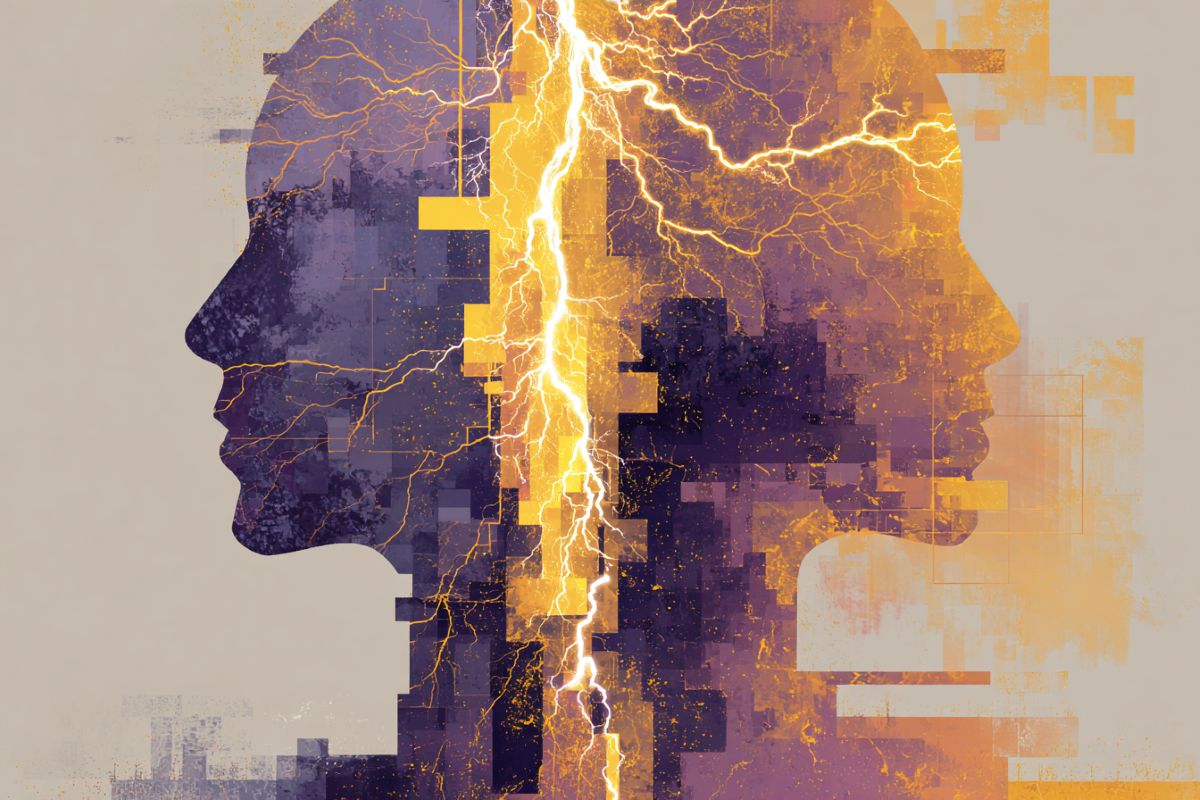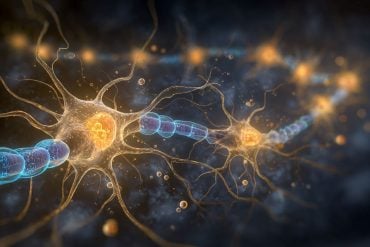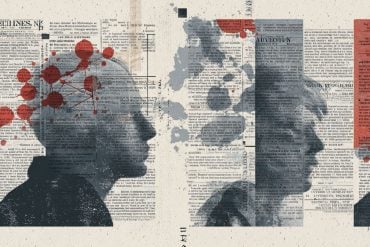Summary: A large international survey of 858 electroconvulsive therapy recipients found that women are twice as likely as men to receive ECT and experience more adverse effects. Women reported higher rates of memory loss, greater feelings of coercion, and more harmful emotional outcomes, often describing the treatment as retraumatizing.
They were also less likely to report mood improvement or willingness to undergo ECT again. The findings highlight systemic gender disparities in psychiatric care and call for a trauma-informed reassessment of ECT practices.
Key Facts
- Higher Risk for Women: Women receive ECT twice as often as men and report worse outcomes, including long-term memory loss.
- Lower Reported Benefit: Only 15% of women would choose ECT again, compared with 29% of men.
- Trauma and Coercion: Women report more pressure to consent, less information about risks, and experiences resembling past trauma.
Source: University of East London
An international survey has found that women are twice as likely as men to receive electroconvulsive therapy (ECT) and are also more likely to experience long-term memory loss and other adverse effects as a result.
The study – Electroconvulsive therapy and women: an international survey, published in Health Care for Women International – led by Professor John Read of the University of East London, gathered responses from 858 ECT recipients across 44 countries, 73% of whom were women. It is the largest survey of its kind.
While ECT is administered to around a million people every year, the study found women fared worse on nearly every measure of outcome. Women were less likely to report improved mood and more likely to describe the treatment as harmful, with significantly higher rates of both short- and long-term memory loss. Only 15% of women said they would undergo ECT again, compared with 29% of men.
Women also reported being given less information before treatment, facing greater pressure or coercion to consent, and receiving ECT from predominantly male psychiatrists – 81% worldwide and 88% in the USA.
Beyond the statistics, many women described their experiences as traumatic, echoing feelings of violation or loss of control. Accounts included being held down and “done to” against their will, reawakening memories of past abuse, and suffering lasting fear of future treatment. For some survivors of sexual violence, ECT was described as “another kind of rape – but of the mind”.
Lead author Professor John Read, Professor of Clinical Psychology, University of East London, said:
“Our findings show that women not only receive ECT more often but are also more likely to suffer its most damaging effects. These patterns cannot be dismissed as coincidence. They reflect systemic biases in psychiatry and underline the urgent need for a trauma-informed, feminist perspective on mental health care.”
Three members of the research team have had ECT themselves and have spoken of their experiences.
Lisa Morrison, lead author (Belfast, Northern Ireland):
“My experiences of rape and abuse were primarily treated with psychiatric drugs and ECT. Repeated inpatient admissions left me more and more unwell. The many diagnoses I received reinforced in me the devastating messages so many women internalise. I’m to blame. I’m bad. This is my shame.
There can’t be informed consent without being told the risks. Despite all the evidence showing otherwise, they still tell us it’s safe and effective. Those who have the power to do something stand by. Responding to abuse with ECT, lack of informed consent and giving this ‘treatment’ involuntary is another violence against women.”
Sue Cunliffe, co-author (Worcester, England)
“I am a survivor of the misdiagnosis and mistreatment of domestic abuse victims. The very psychiatrists I trusted to rescue me shamed and blamed me, brain damaged me and made me want to die. No amount of ‘happy pills’ or ECT was going to be mind-altering enough to make the abuse I was suffering feel like I was having a fun and happy marriage.”
Sarah Hancock, co-author (San Diego, USA)
“This survey demonstrates my experience wasn’t as rare an outlier as my doctors, counsellors and mental health staff led me to believe. It is profoundly disorienting to have no frame of reference for daily interactions with family, friends, colleagues, and acquaintances, let alone erasing all education, work experience and cultural cues. Shared memories and life experiences are the foundation of relationships and identity. Erase them and I became a rudderless ship without an anchor.”
And co-author Dr Lucy Johnstone (Consultant Clinical Psychologist, Bristol, England) adds:
‘I have had a number of women clients who were prescribed ECT for distress related to rape or domestic abuse. This is not treatment. It is re-traumatisation, and it must stop’.
Professor Read said the findings should prompt an urgent re-evaluation of ECT’s use: “Information about sex differences in risk and outcome must be routinely given to women and their families. ECT should not be the default response to women’s suffering.”
Key Questions Answered:
A: Survey data show women are twice as likely to be given ECT, reflecting longstanding biases in psychiatric practice and diagnostic patterns.
A: Women report significantly higher rates of long-term memory loss, short-term memory issues, trauma responses, and overall harm.
A: No. Women are less likely to report improved mood after ECT and far less likely to say they would undergo the treatment again.
Editorial Notes:
- This article was edited by a Neuroscience News editor.
- Journal paper reviewed in full.
- Additional context added by our staff.
About this mental health and ECT research news
Author: Kiera Hay
Source: University of East London
Contact: Kiera Hay – University of East London
Image: The image is credited to Neuroscience News
Original Research: Open access.
“Electroconvulsive therapy and women: An international survey” by John Read et al. Health Care For Women International
Abstract
Electroconvulsive therapy and women: An international survey
858 electroconvulsive therapy (ECT) recipients, from 44 countries, responded to an online survey.
In keeping with previous studies, the majority (73%) were women. Most of the psychiatrists giving ECT (81%) were men.
Women patients were less likely than men to report improved mood following ECT.
Consistent with previous smaller studies, women patients also reported worse outcomes than men for multiple adverse effects, including anterograde and retrograde memory loss, and for how “harmful” ECT was in general.
Even fewer women (15%) than men (29%) said they would want to have ECT again.
Implications are discussed.







